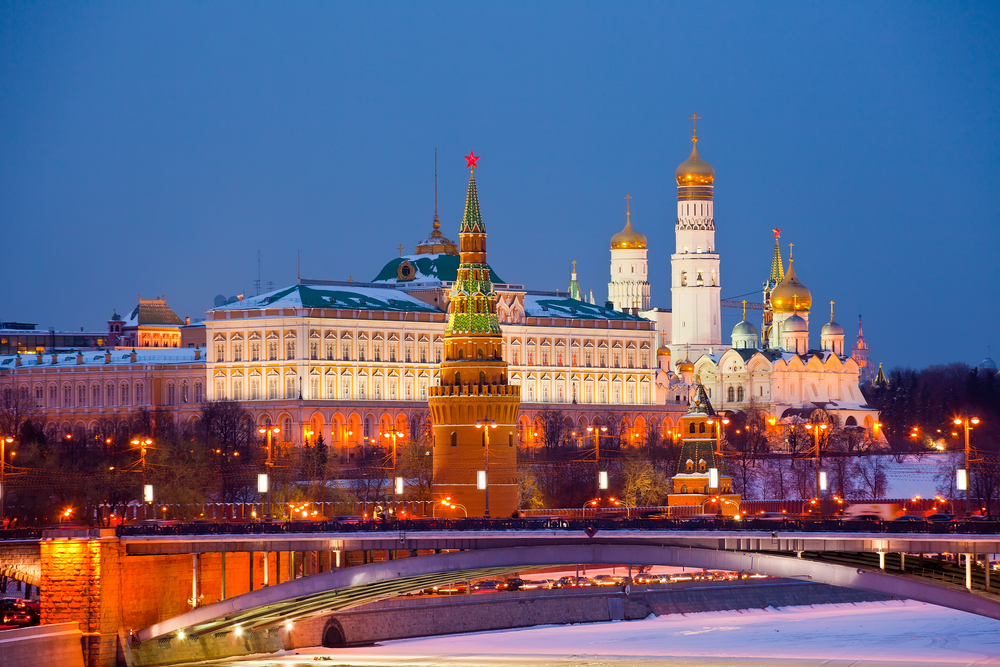Moscow Exchange adopts T+2 settlement
Russia’s Moscow Exchange has begun its migration to T+2 settlement, marking a significant milestone in the exchange’s efforts to attract international investors.
From today, T+2 settlement will be available in the 15 most liquid stocks and all issues of government bonds. The stocks include Russian energy giants Gazprom, Lukoil and Rosneft. The exchange plans to extend the list to the full set of 1780 securities it lists between July and 1 January 2014.
Previously, the Moscow Exchange operated T+0 settlement, which meant that participants had to deposit 100% of the cash and securities in advance. That system was a major barrier to international investors, who are typically used to T+3 settlement, meaning the settlement and delivery of securities takes place three days after the trade date. In Germany, T+2 settlement is the norm.
At present, the exchange says that 90 investment banks and brokers are able to settle in T+2; it expects all members to be able to trade in T+2 by July 2013.
The reforms to Russia’s settlement cycle are part of ambitious government plans to turn Moscow into an international financial centre. The creation of the Moscow Exchange in December 2011 was also a part of the same plan, as was the establishment of a central securities depository in November last year. In February, the Moscow Exchange held its own IPO, which raised $498 million according to figures provided by Bloomberg.
“The system of pre-payment for trades played a positive role as the Russian securities market was getting off the ground,” said Alexander Afanasiev, chief executive of the Moscow Exchange. “Trading in Russia is now integrated into the global financial markets and issuers expect the latest in settlement and risk management tools. The globally recognised T+ settlement model lowers the cost for market participants, increases efficiency of deployed capital and will lead to higher trading volumes.”











































